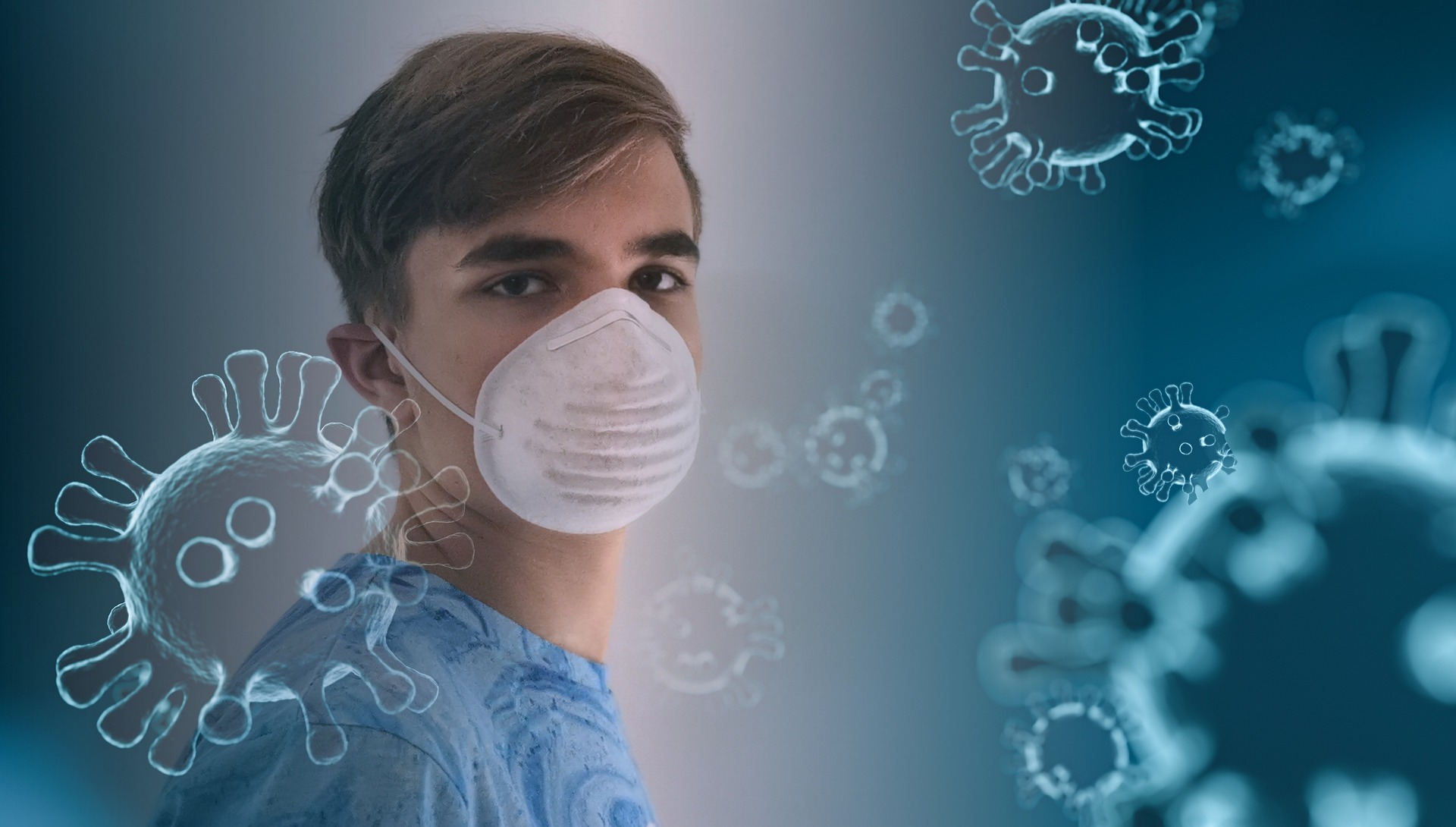FFP2 mask protects against Corona
How safely do FFP2 masks protect against the corona virus? How do they differ from other oral-nasal protective masks? And what to look for when buying them?
Since a few weeks the new virus mutation B.1.1.7 is spreading rapidly in England and other countries – also here in Austria cases are already known. In Bavaria, the wearing of FFP2 masks is therefore mandatory from January 18, 2021. Now, the use of FFP2 masks is mandatory in Austria. Read all you need to know about the FFP2 mask here.
What is an FFP2 mask and what does it protect against?
FFP masks are particle-filtering half masks and are originally used as dust protection masks (especially on construction sites). In the medical field, FFP masks are also used by nurses or medical staff as protection when treating infected patients.
FFP2 masks can trap more than 94 percent of particles in the ambient air. The mask contains a special filter layer (fleece) that is electrostatically charged. This means that not only larger particles, but also much smaller aerosol droplets from the inhaled and exhaled air can be trapped.
Depending on the filtering performance, a distinction can be made between FFP1, FFP2 and FFP3 masks:
FFP1 masks filter more than 80 percent of the pollutants in the air we breathe.
FFP2 masks filter more than 94 percent of pollutants and aerosols
FFP3 masks filter up to 99 percent of pollutants and aerosols
Filtering half masks are available with and without a breathing valve. The latter filter both inhaled and exhaled air. They therefore protect not only the wearer but also other people in the immediate vicinity. Especially in areas where many people crowd into a confined space, an FFP2 mask therefore reduces the risk of infection. A mask with a valve, on the other hand, does not filter the exhaled air and thus offers significantly less protection for others.
How do FFP2 masks differ from other MNS?
Unlike simple mouth-to-nose coverings, which can be made of different materials, FFP masks offer better protection against infection. A properly fitted FFP2 mask seals tightly against the face.
As a result, it filters air better than ordinary hygiene masks, which are often open at the sides: They do retain particles when exhaled. But they are much less effective when inhaled. According to the Society for Aerosol Research, simple mouth-to-nose coverings do not keep out smaller particles as well and are therefore hardly suitable for self-protection. FFP2 masks, on the other hand, are tighter and therefore not only protect others from infection better, but also the wearer himself.
Everyday masks are basically also suitable for catching droplets and brakes of exhaled air, but their filtering performance strongly depends on the materials used. Thanks to the nonwovens used in FFP2 masks, they also offer effective protection against aerosols, unlike conventional MNS.
Note: Even FFP2 masks do not provide 100% protection against infection with SARS-CoV-2, so all previously applicable protective measures must continue to be observed to minimize the risk of infection. An FFP2 mask can only be one component of these measures.
What are the differences between FFP2, N95 and KN95?
If you search the Internet for the term “FFP2 mask”, you will quickly come across masks with the designation KN95 or N95. These are similar protection class designations for particle-filtering half masks from different countries:
FFP2 meets the European standard EN 149:2001+A1:2009.
U.S. N95 masks (“not resistant to oil”) are approved to the National Institute for Occupational Safety and Health (NIOSH) standard 42 CFR Part 84.
KN95 masks (“non-powered air-purifying particulate respirator”) originate from China and comply with the GB2626-2006 standard of the Standardization Administration of the People’s Republic of China (SAC).
These standard terms denote comparable, but not identical, certification and approval requirements. Yet the standards are quite similar, meaning that all three mask types provide comparable protection against airborne particles.
- source: netdoktor.at/picture: pixabay.com
This post has already been read 4084 times!



